Fumigation is a widely used method to eliminate drywood termites from structures. In Southern California, where infestations are common due to the region's climate, fumigation is often the most effective solution.
However, to ensure the safety and efficacy of the process, it's crucial to follow specific preparation steps. One such requirement is the opening of safes before fumigation.
This article explores the necessity of this step and its contribution to a successful fumigation process.
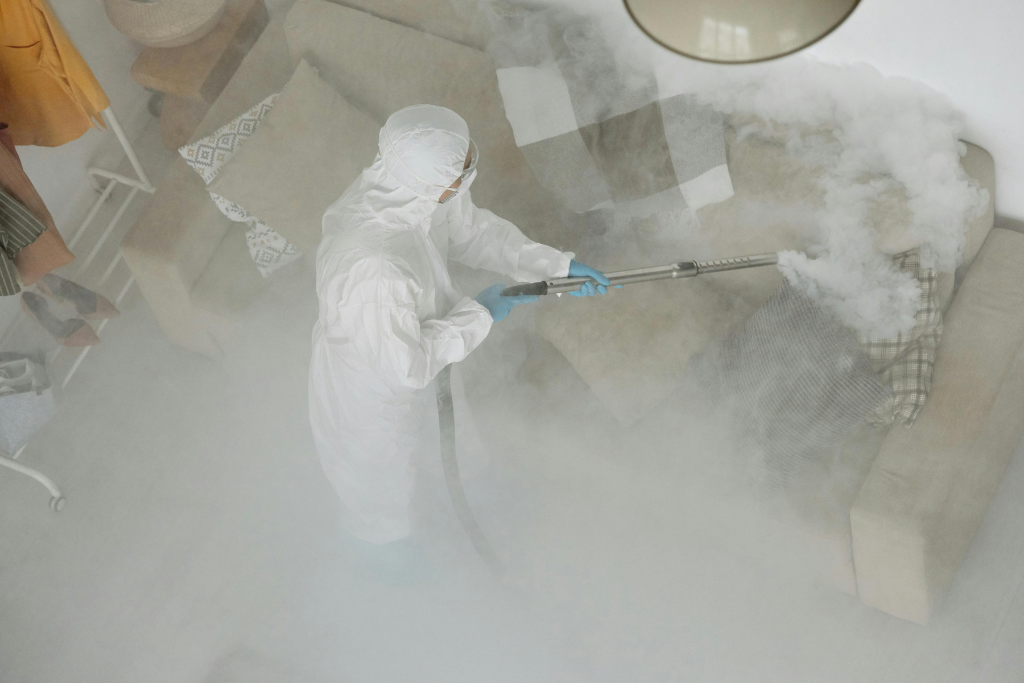
Legal Requirements for Opening Enclosed Spaces Before Fumigation
In California, professional termite fumigation services are required to open all sealed compartments before introducing fumigants. This includes safes, vaults, drawers, cabinets, and other enclosed spaces.
- Under California Business and Professions Code § 8505.4, fumigators must comply with all applicable laws and ordinances.
- California Code of Regulations (16 CCR § 1970.1) defines “enclosed spaces” to include vaults and chambers.
- The label instructions for standard fumigants (such as those using sulfuryl fluoride) explicitly require opening all drawers, cabinets, safes, vaults, and sealed compartments.
- Failing to comply can result in regulatory action by the Structural Pest Control Board and the Department of Pesticide Regulation, civil liabilities, insurance issues, and, in extreme cases, criminal charges.
Because of this regulatory framework, homeowners and fumigation companies must not treat safes or sealed containers as afterthoughts. They form part of the structure and must be treated accordingly.
Pro Advice: Professional supervision is essential for safe and effective tent fumigation for termites.
Why Opening Safes Matters
Here are the key reasons why safes and sealed compartments must be opened before fumigation:
1. Gas Entrapment Risk
When a structure is tented for fumigation, gas is introduced and penetrates all accessible voids, woodwork, walls, attics, and so on. If a safe or sealed compartment is locked shut, the gas may enter but then become trapped. Later, when the safe is opened, that trapped gas may be released in a concentrated dose.
The result: potential exposure to dangerous vapours. In fact, case studies in California have documented that sealed voids with lingering toxic gas have caused post-clearance poisonings.
2. Pressure Build-Up or Flammability Risk
Some fumigants (for example, phosphine) are flammable, and even when non-flammable gases (such as sulfuryl fluoride) are used, sealed compartments may create hazardous pressure differentials or ignition risks.
The safe becomes a sealed chamber that wasn’t properly aerated. Opening it only after clearance without prior access time may pose safety issues.
3. Full Penetration of Treatment
Part of fumigation efficacy depends on the gas reaching all parts of the structure — including the interiors of drawers, cabinets, safes, and locked boxes. The labels of fumigants specify that every compartment must be opened so that gas can reach inside and so that post-treatment aeration can occur.
If a safe remains closed, the contents may be shielded from the treatment and may retain high concentrations of fumigant gas after the clearance process.
4. Legal & Liability Exposure
Suppose a fumigation company skips opening a safe and someone becomes ill, or property is damaged (for example, because the safe contents are exposed to high gas concentration). In that case, the company and the homeowner may face serious consequences.
These include regulatory citations, revoked licenses, lawsuits, and insurance denials. The law is clear that the step is mandatory, not optional.
5. Protection of Valuables and Sensitive Items
While many safes contain valuables, documents, firearms, jewelry, or other sensitive items, they also may contain items that cannot be exposed to fumigant gas without risk. Opening safes ahead of time allows careful planning of which items need special packaging or removal.
It also ensures that nothing is inadvertently left sealed that poses a risk to the contents or to the safety of people involved in the post-treatment phase.
Tip: The termite fumigation process works best when every sealed compartment, including safes and cabinets, is properly opened and ventilated.
Protect your home from hidden termites—see why fumigation is the safest choice!
Instructions from Fumigant Labels
Fumigant products like sulfuryl fluoride (commonly sold as Vikane®) include clear instructions for safe and effective use. The labels emphasize that:
- All drawers, cabinets, safes, vaults, and other locked or sealed compartments must be opened before treatment.
- Opening these spaces ensures that the gas reaches every part of the structure and that proper ventilation occurs after fumigation.
- Ignoring these instructions is not just unsafe—it also goes against legal requirements and can lead to penalties for the fumigator.
Following these label directions is essential for safety, treatment effectiveness, and compliance with California regulations.
Total termite protection without the worry, fumigations are safe, effective, and fully guaranteed!
Note: Think your safe is secure from everything? During fumigation, a closed safe can actually become a hidden danger. At K Termite, we make sure every sealed space is handled safely before any treatment begins. This step isn’t just a formality — it’s essential for the safety, legality, and success of the fumigation.
Leaving a safe sealed can create risks ranging from residual toxic gas exposure to regulatory violations, and we make sure none of those risks are present. Contact K Termite today to schedule a safe and thorough inspection before your fumigation.

Consequences of Not Following the Rules
Skipping the step of opening safes and other sealed compartments before fumigation is not a minor mistake, it can lead to serious problems:
- Regulatory Penalties: The Structural Pest Control Board (SPCB) and the Department of Pesticide Regulation (DPR) can issue fines, suspend licenses, or take other disciplinary actions against the fumigator or company.
- Legal Responsibility: If improper fumigation results in injury, illness, or property damage, the fumigation company and technicians could face lawsuits.
- Criminal Liability: In cases of severe negligence that cause serious harm or death, criminal charges may be pursued.
- Insurance Issues: Business liability coverage often requires following the law. Ignoring safety procedures could result in denied claims if problems occur.
Leaving safes closed creates both health and legal risks. Proper compliance ensures that your tent fumigation is effective, safe, and fully legal.
Related Articles:
Fumigation vs Localized Treatment: What's Right for You?
Best Ways to Eliminate Drywood Termites from Your Home
Why a Full-Structure Termite Warranty and Annual Inspections Are Worth It
Mandatory Compliance
The rule is simple: any space that can trap air can also trap fumigant gas. Every safe, vault, or locked box must be opened, checked, or emptied before fumigation begins. Failing to do so puts lives at risk, violates state regulations, and can trigger actions from the SPCB or DPR.
For the best termite fumigation services in Southern California, professional handling of safes is non-negotiable. With K Termite, you can be confident that your property will receive thorough, safe, and fully compliant termite treatment.



.png)
.png)
.png)
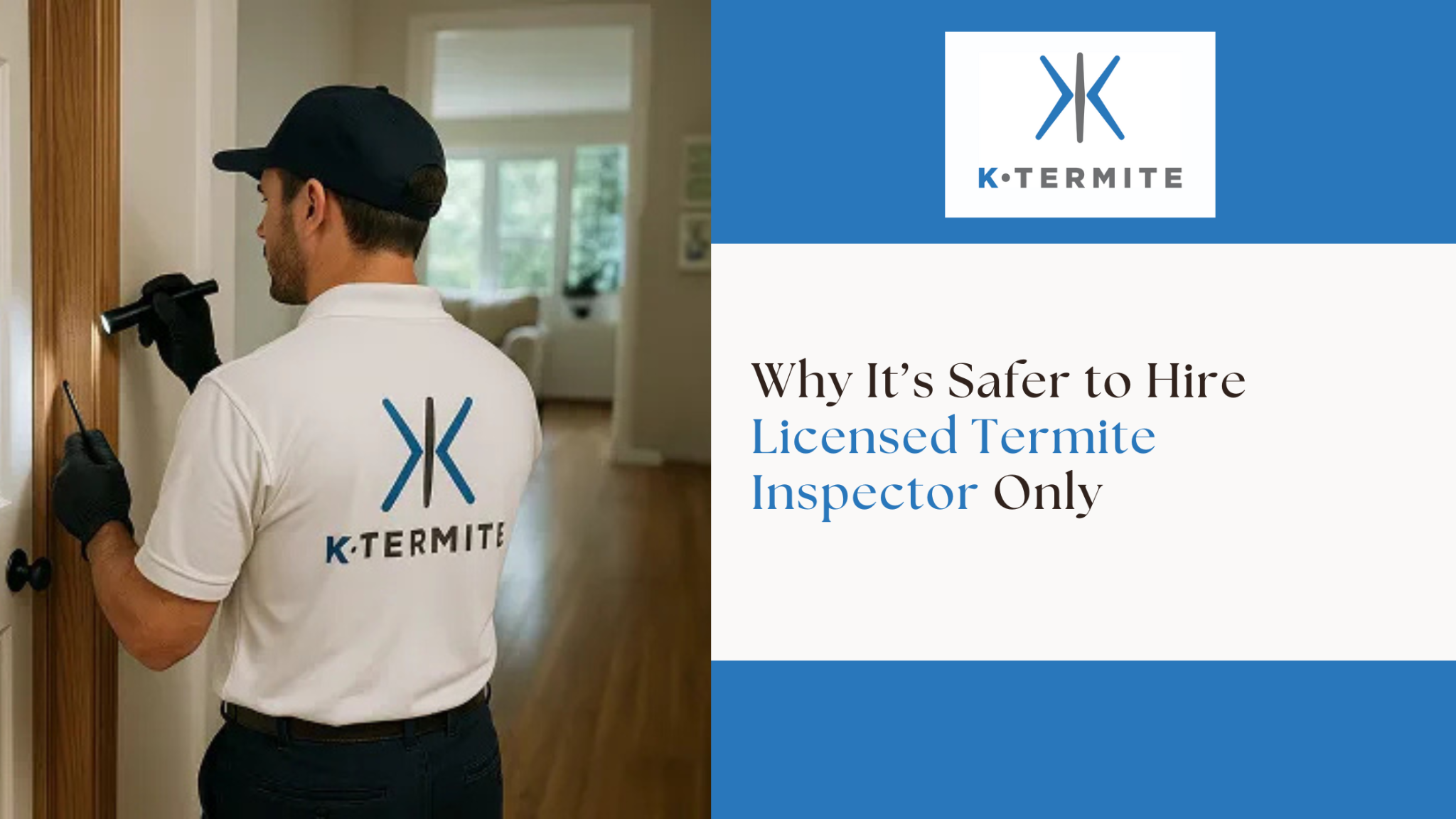

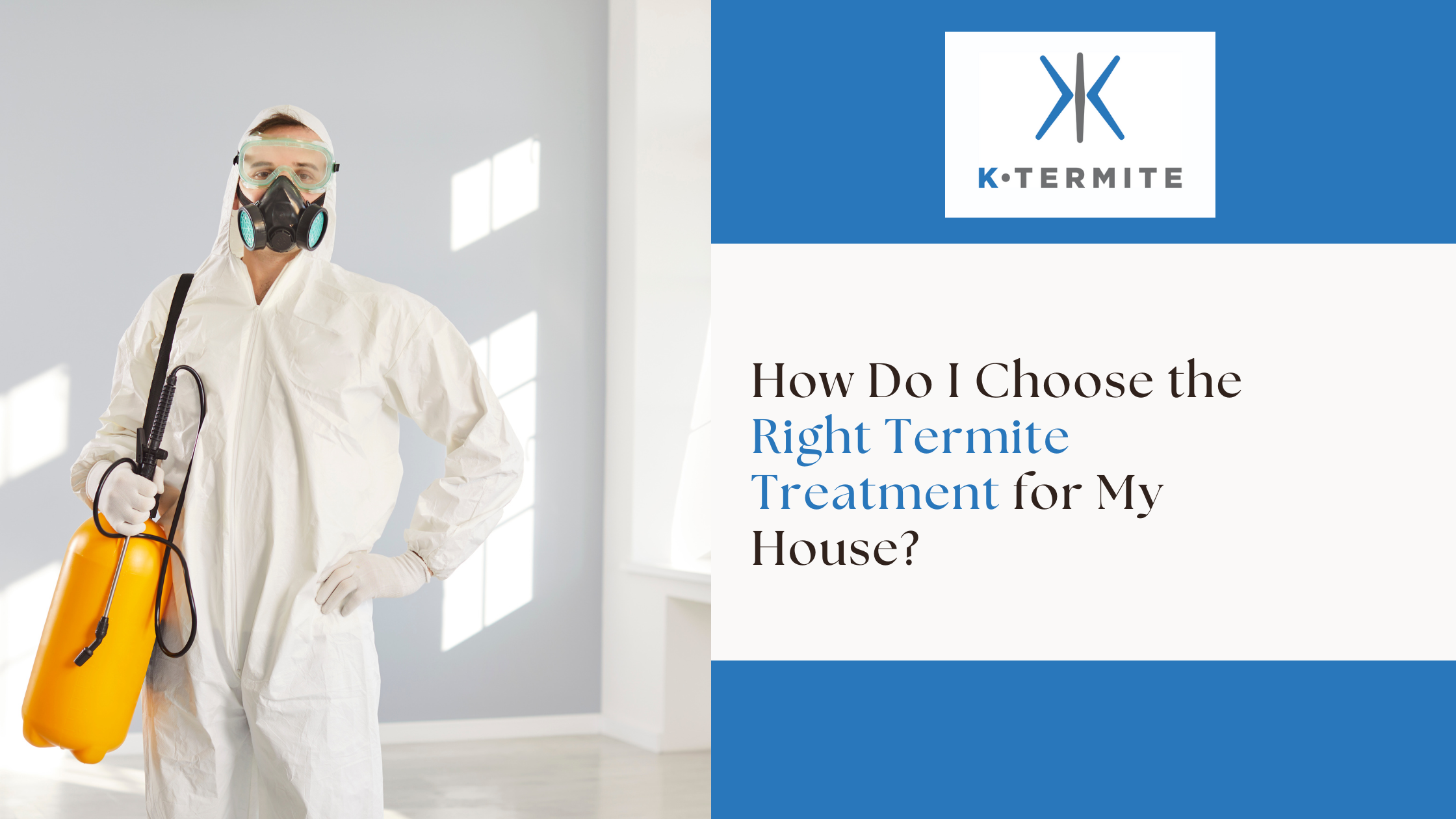
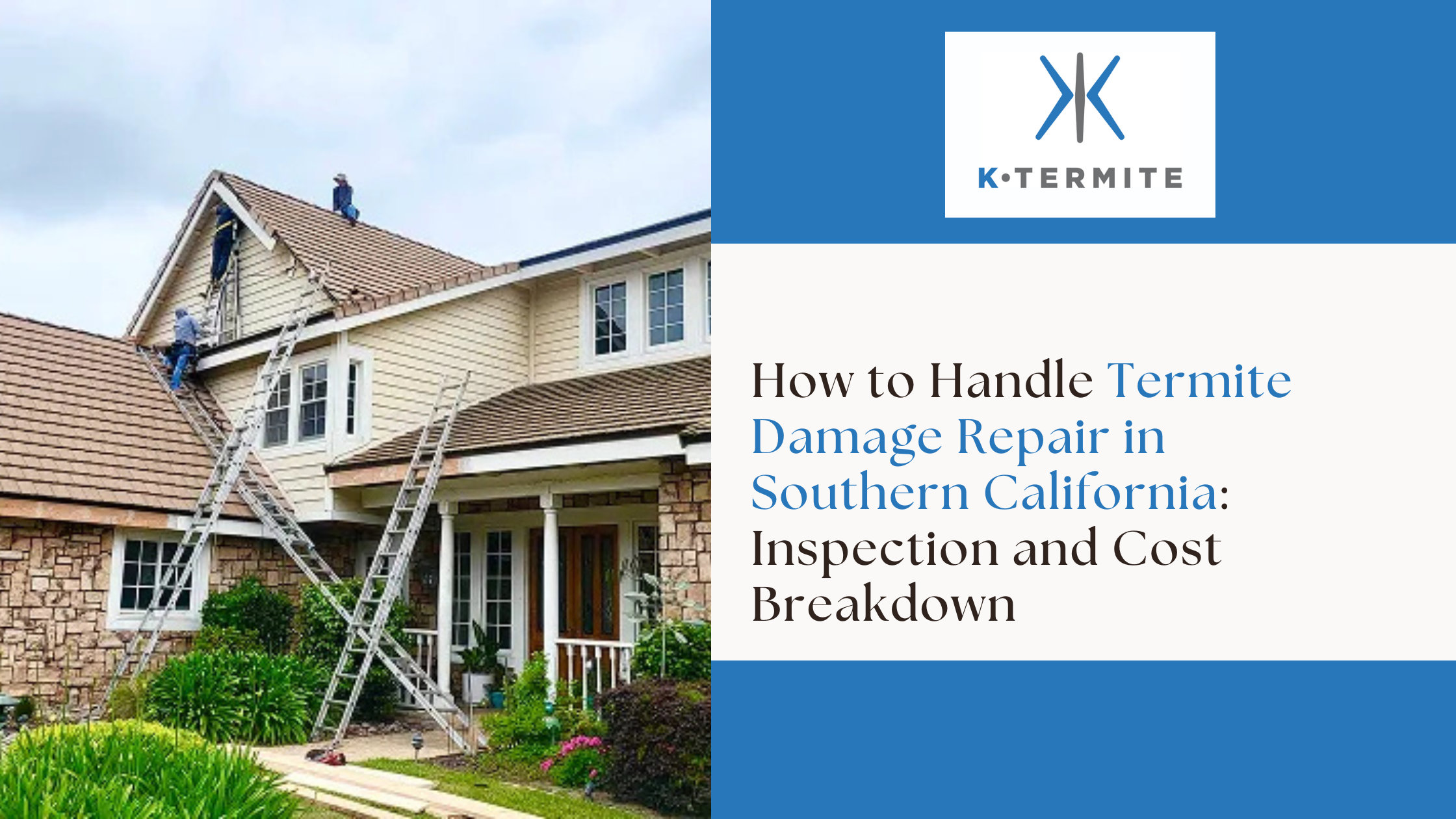

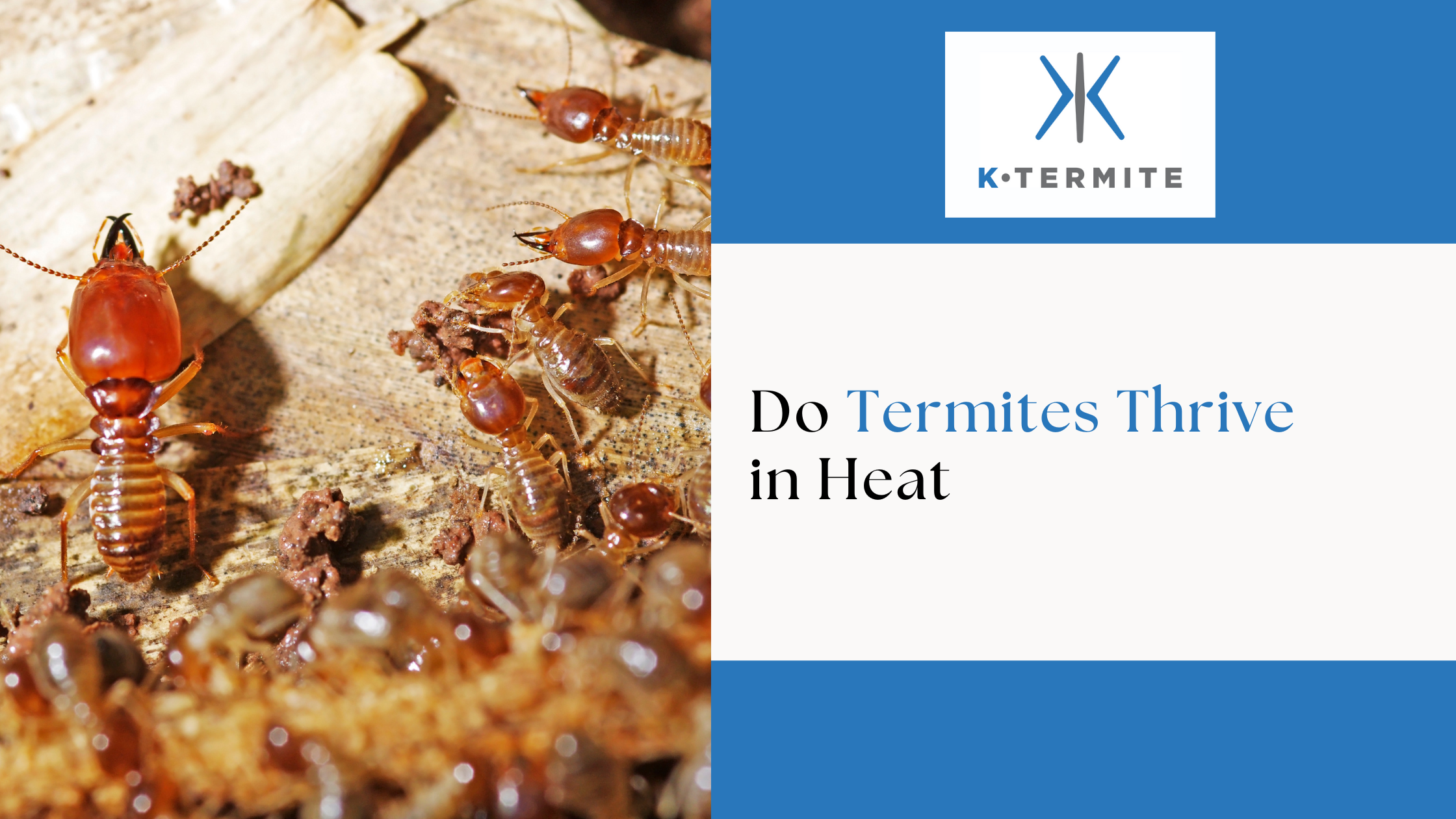

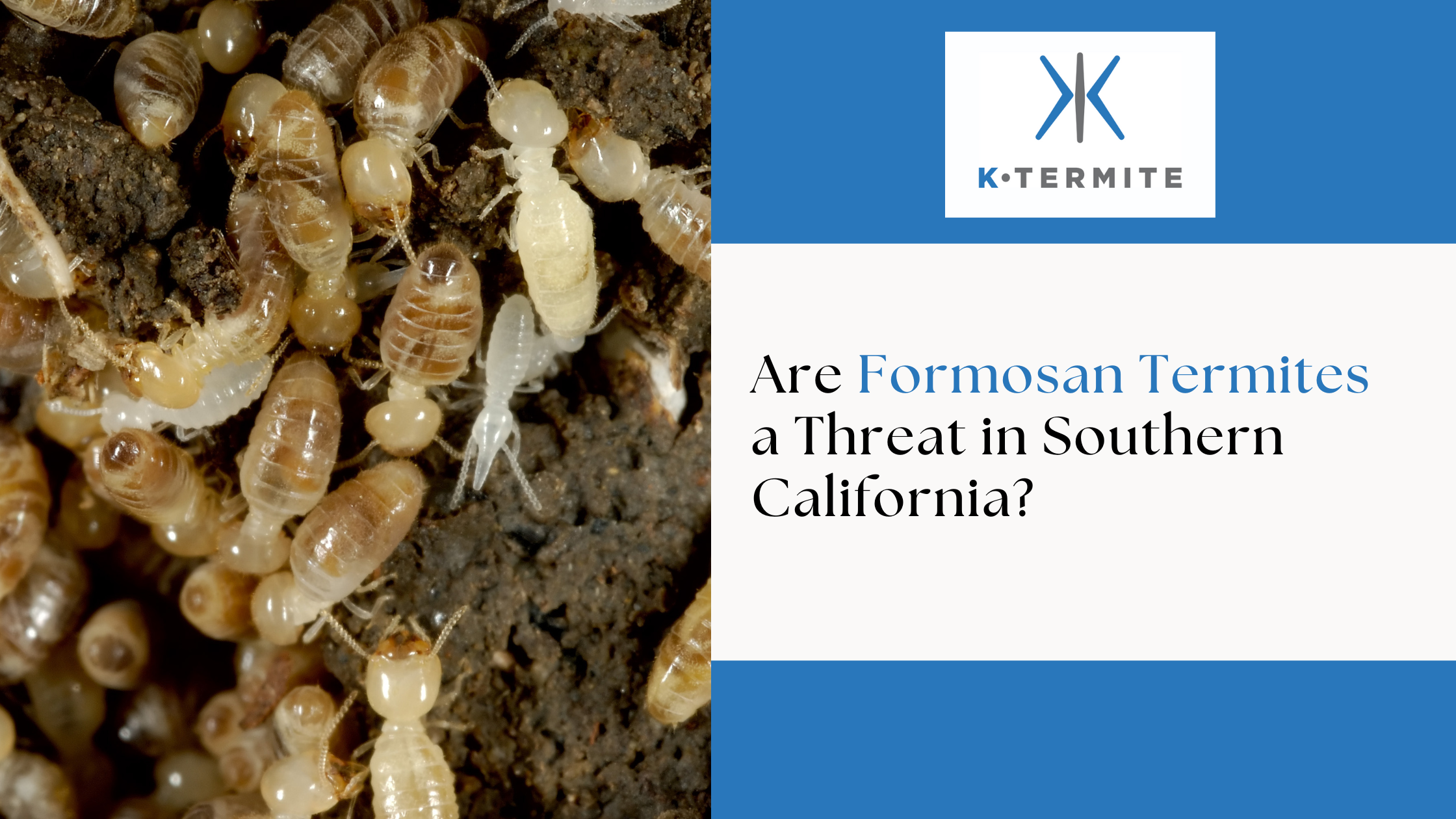
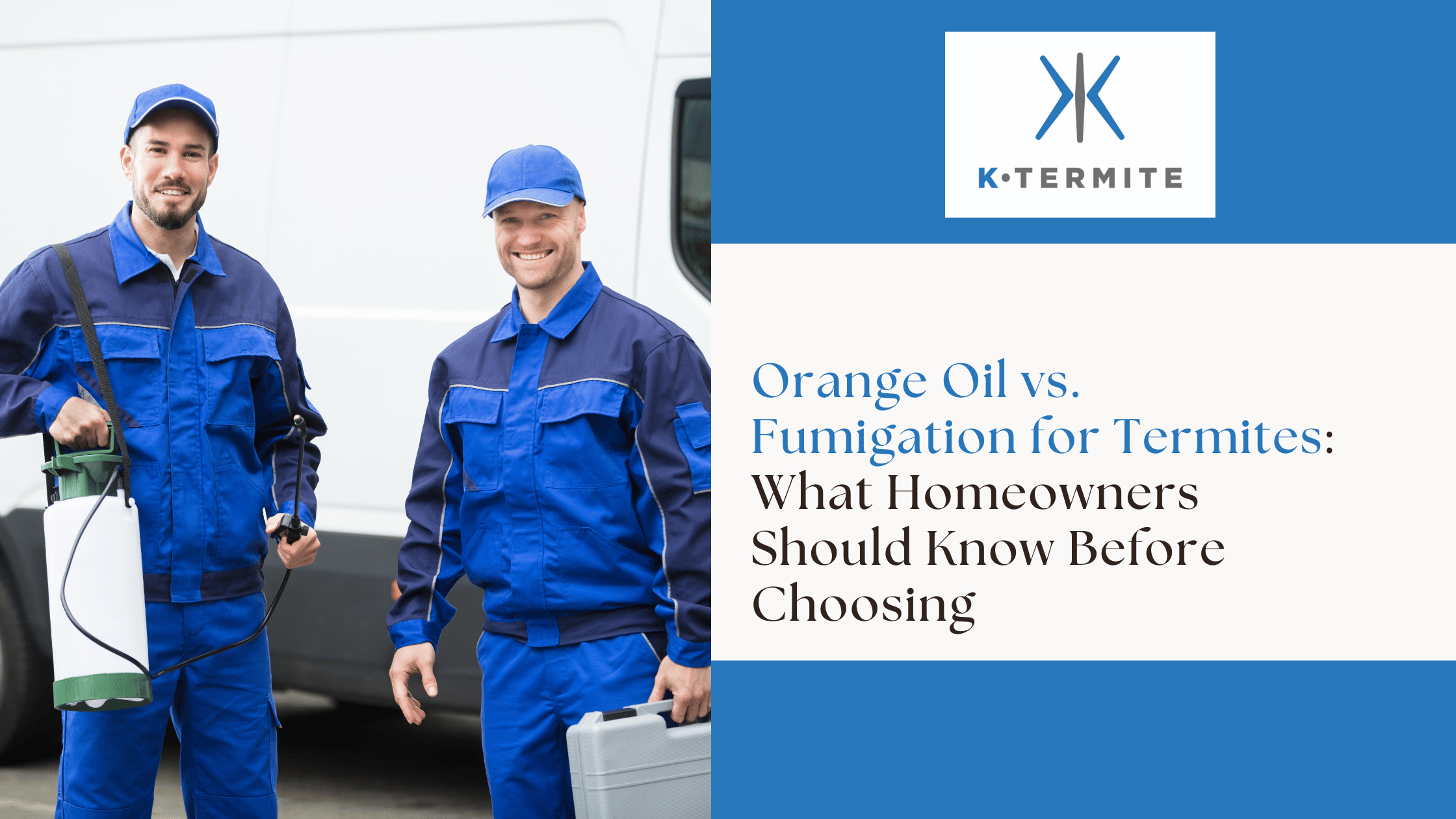
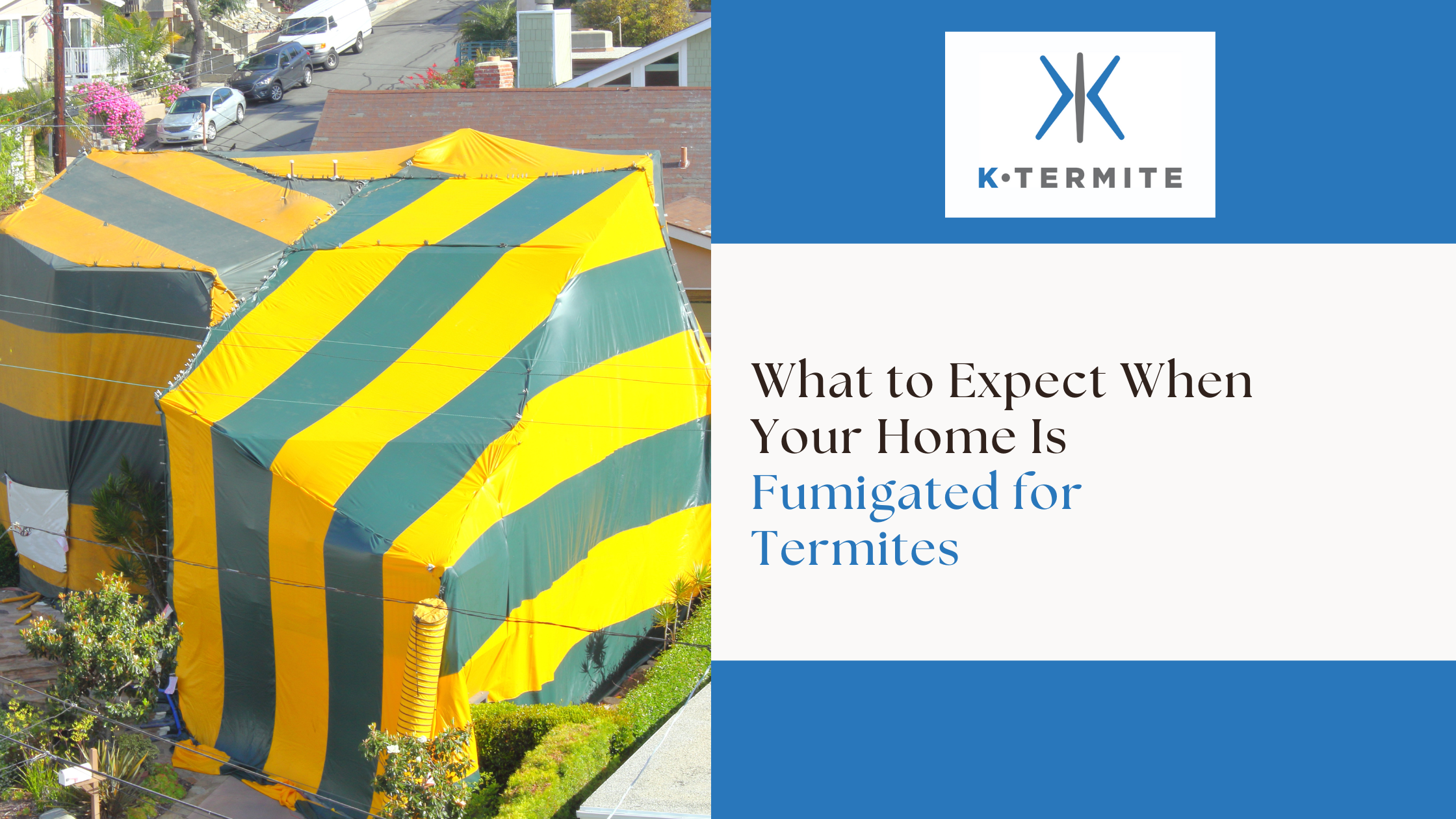
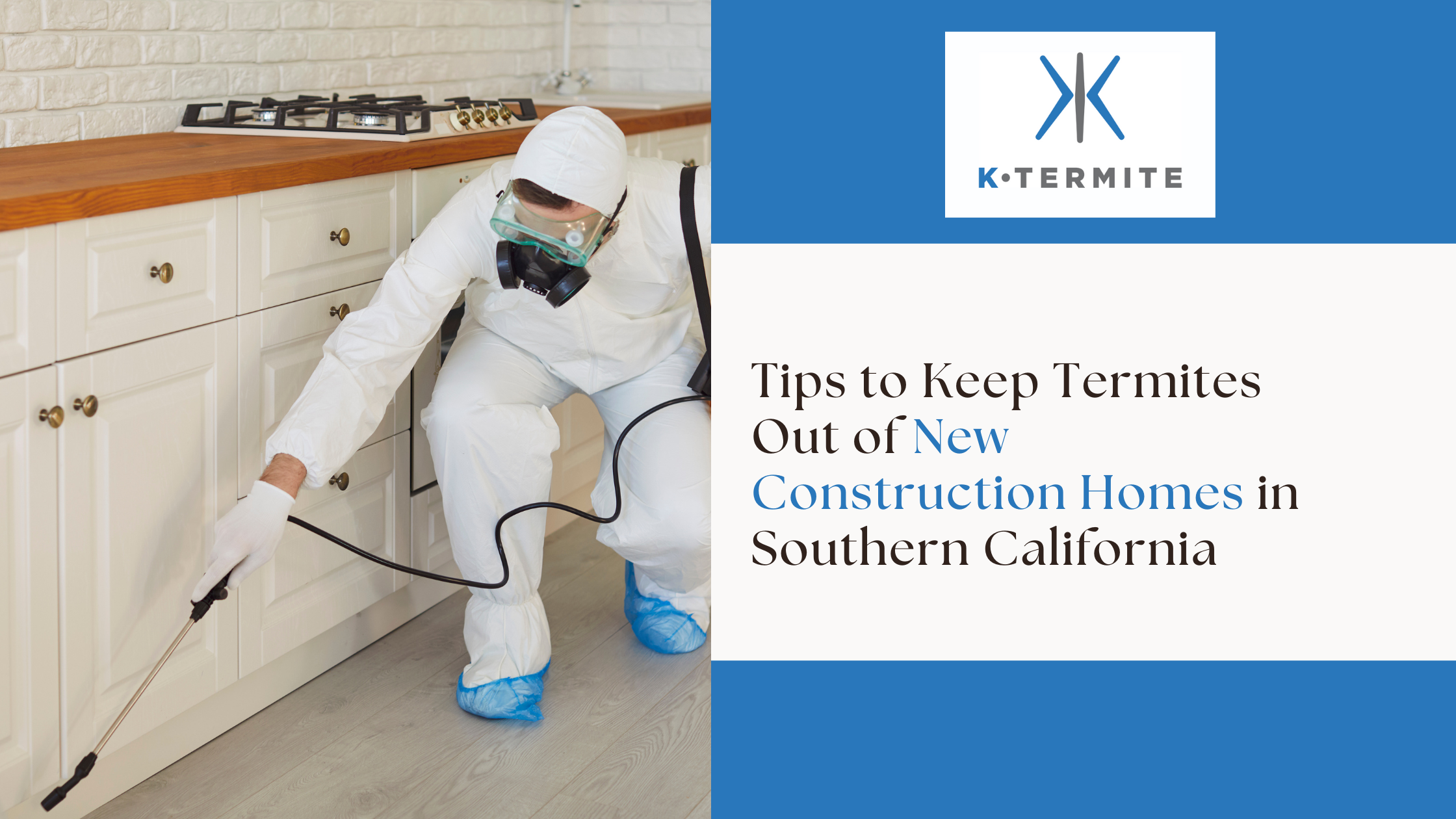
.png)
.png)
.png)
.png)
.png)
.png)
.png)
.png)
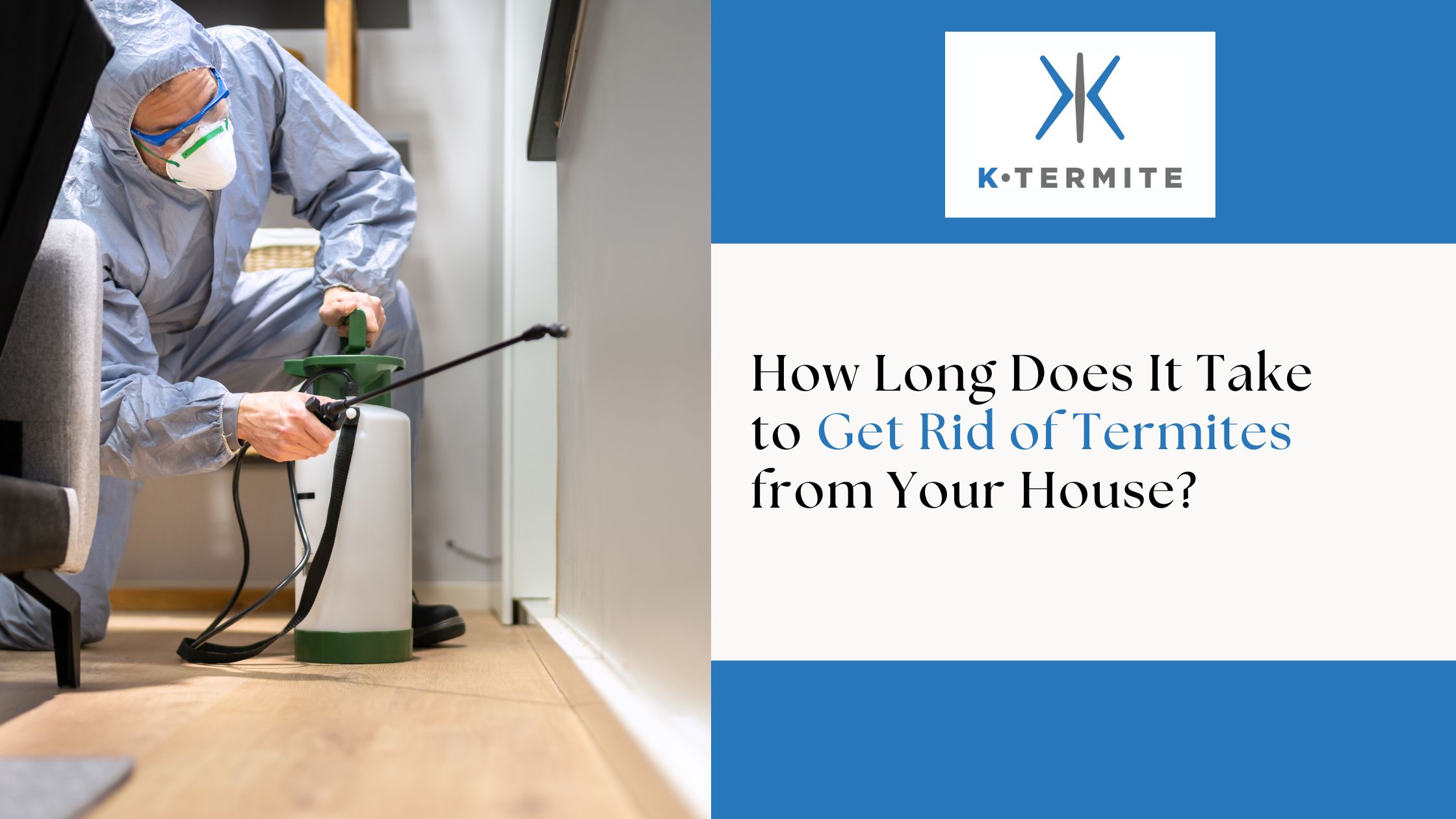
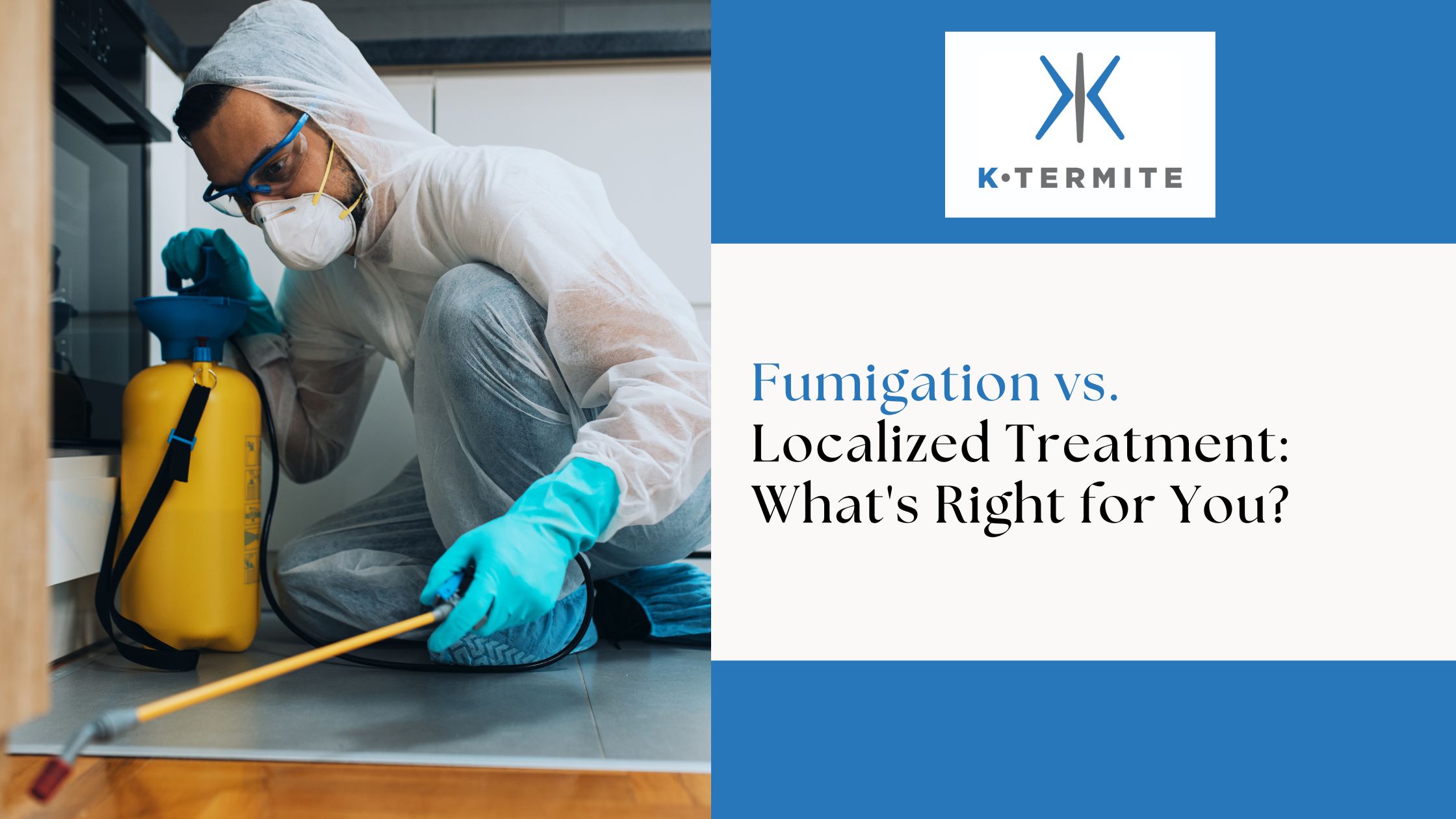
.png)
.png)


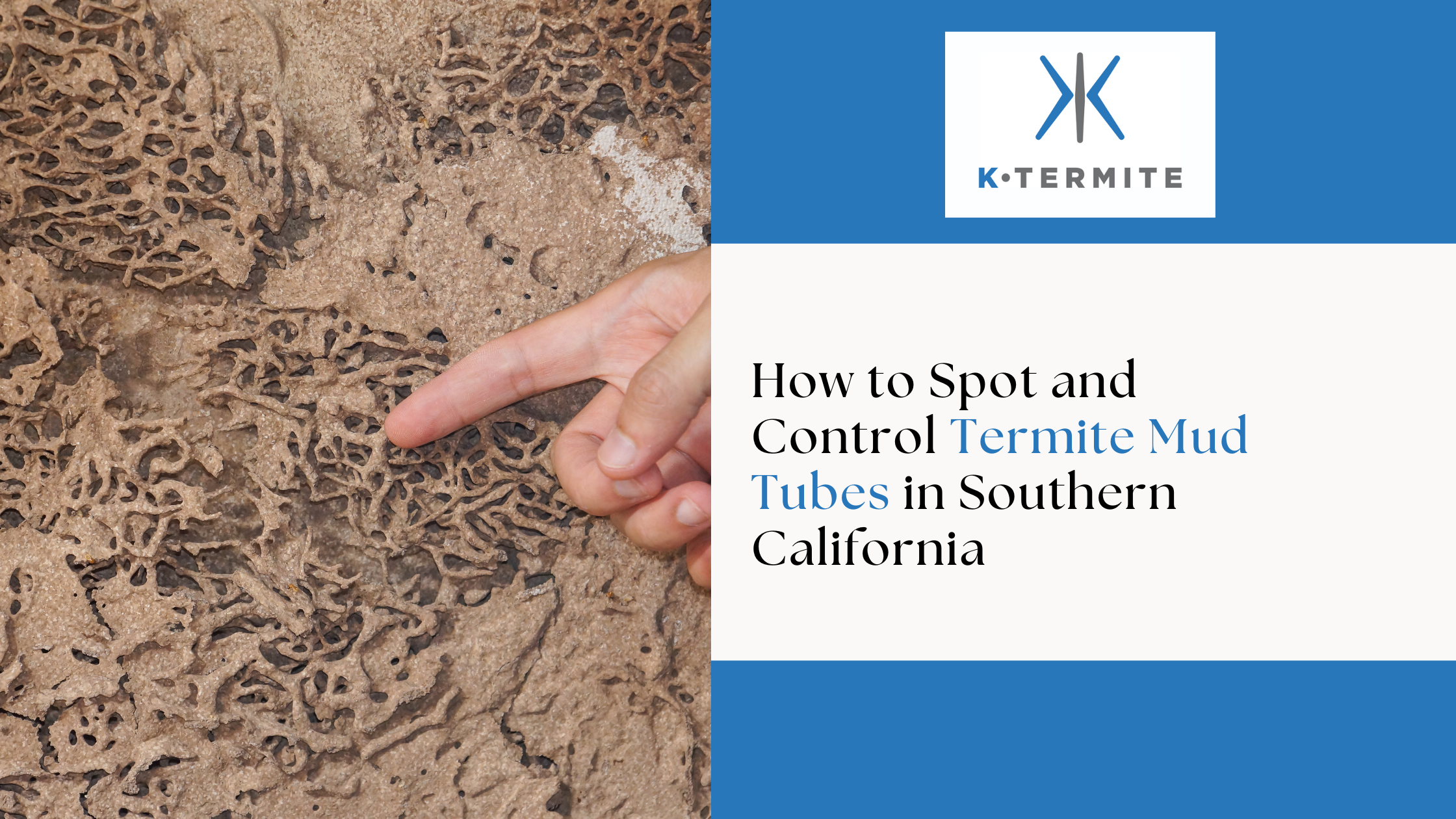


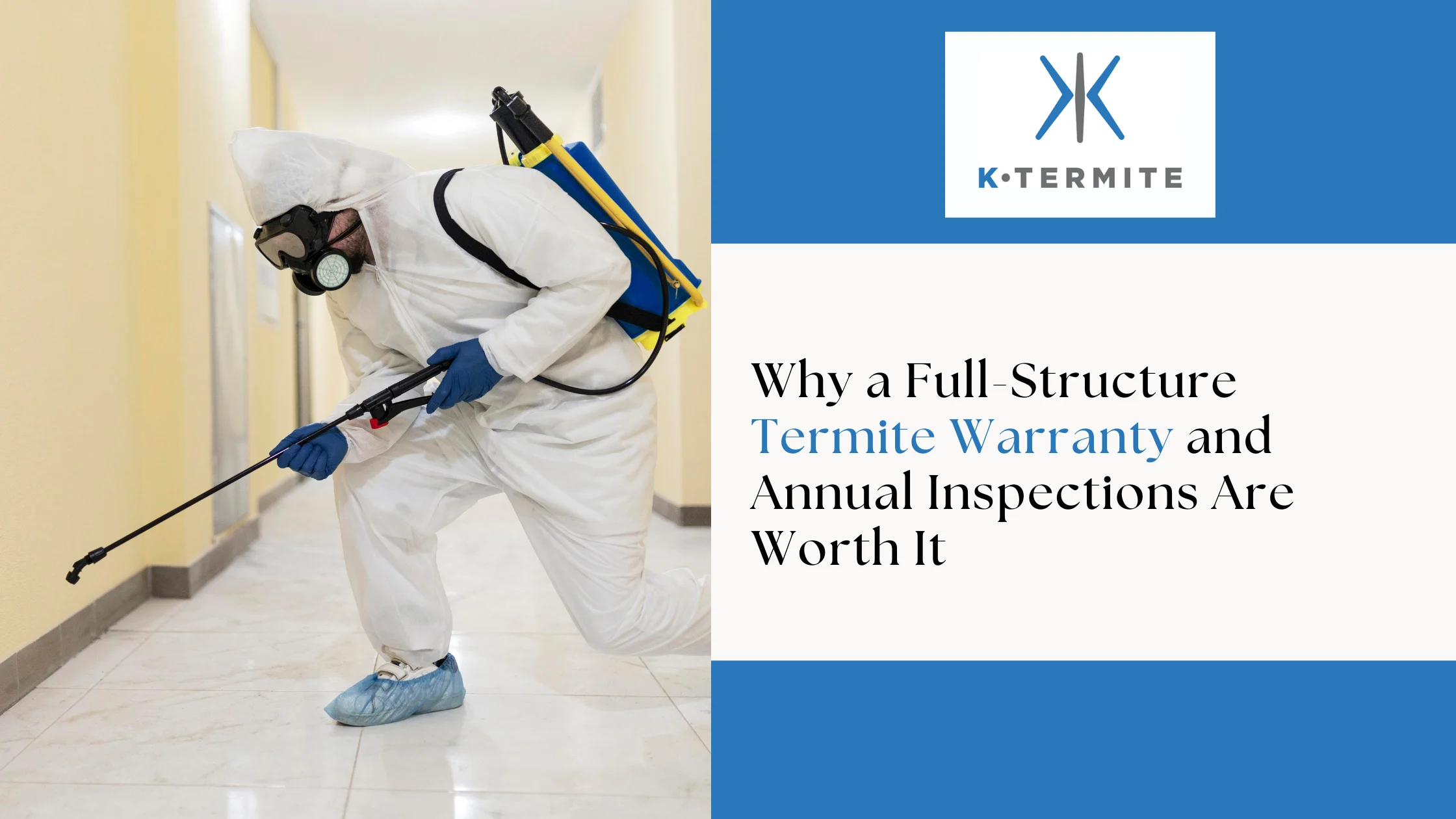
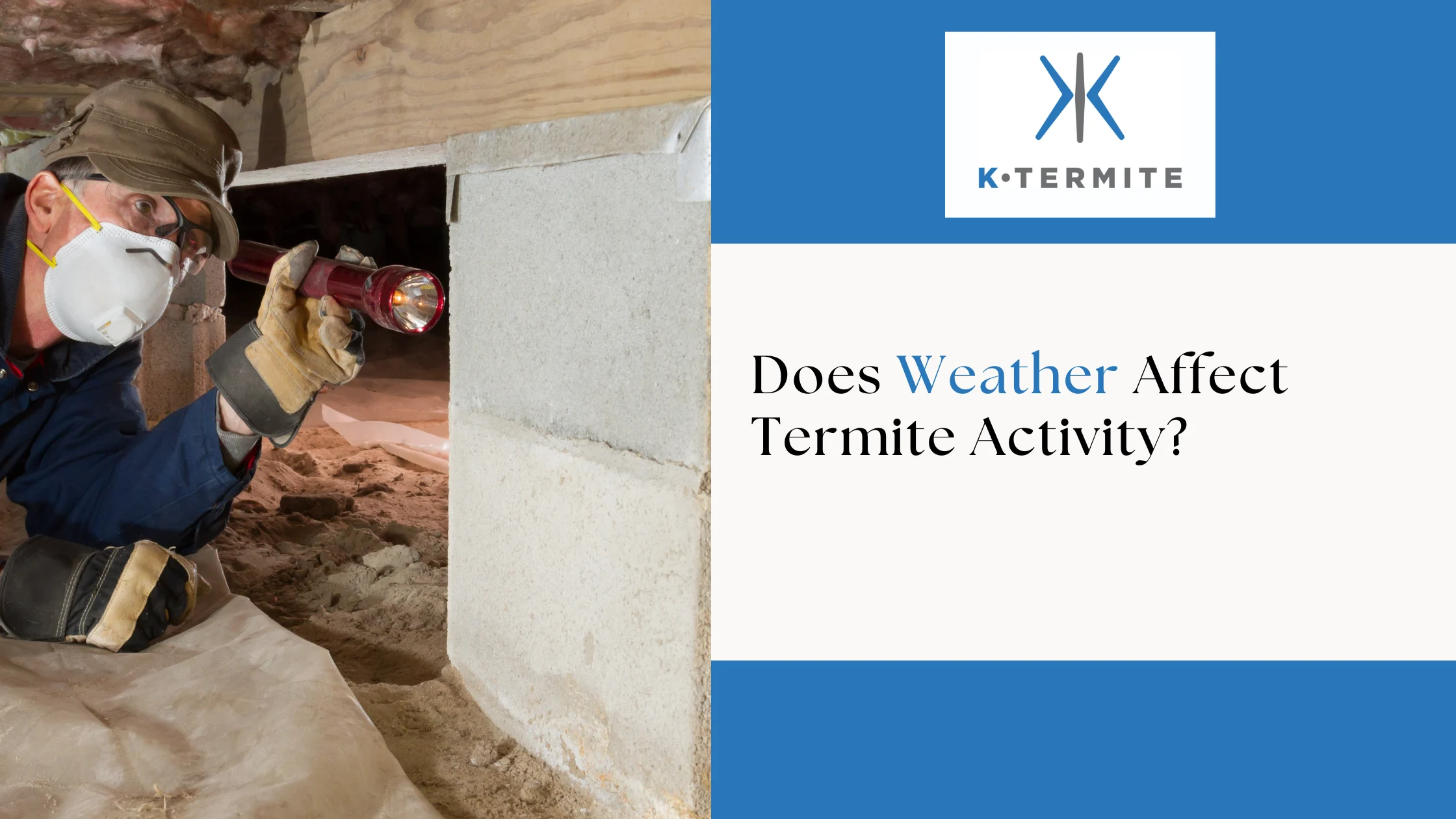
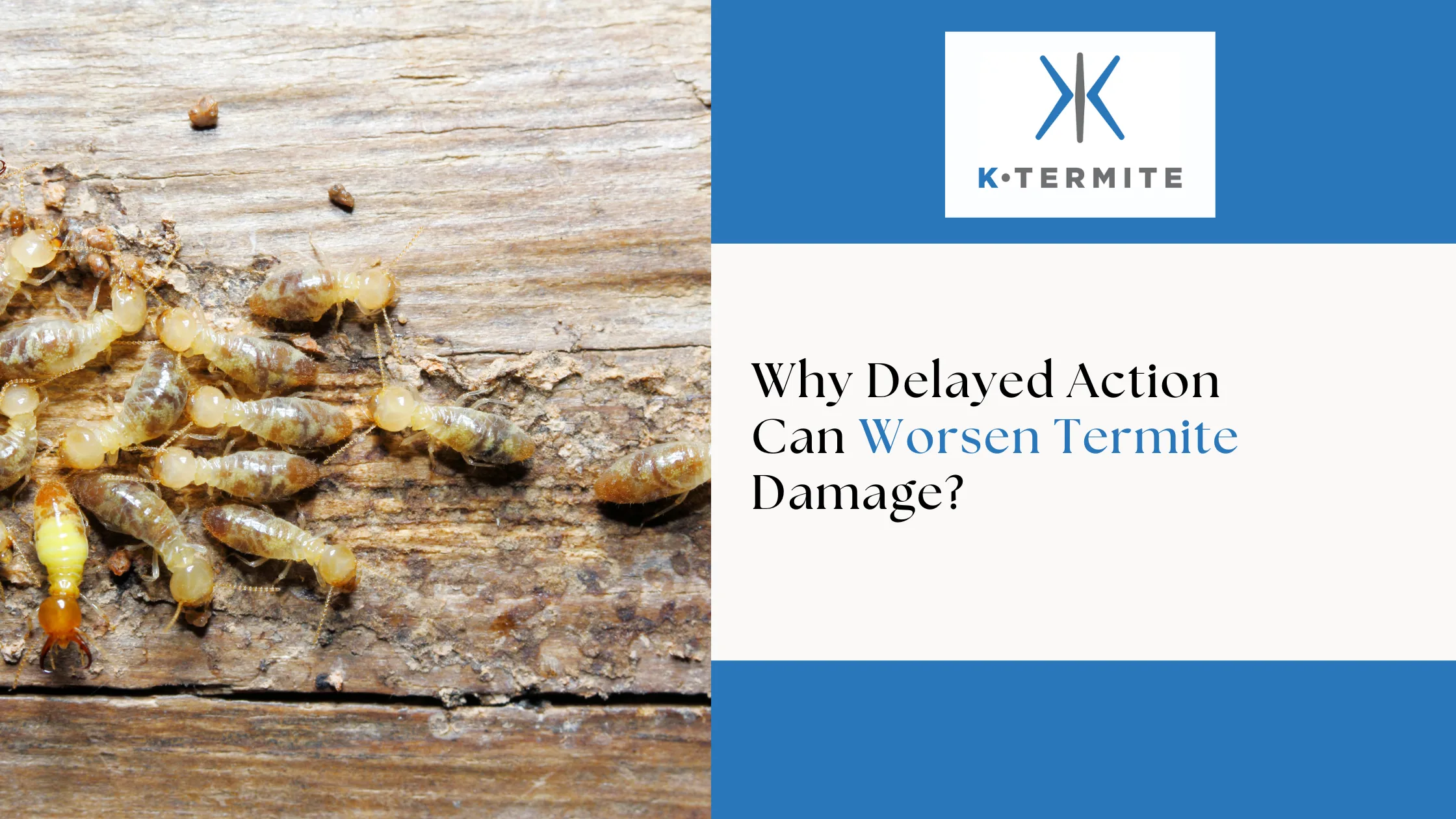
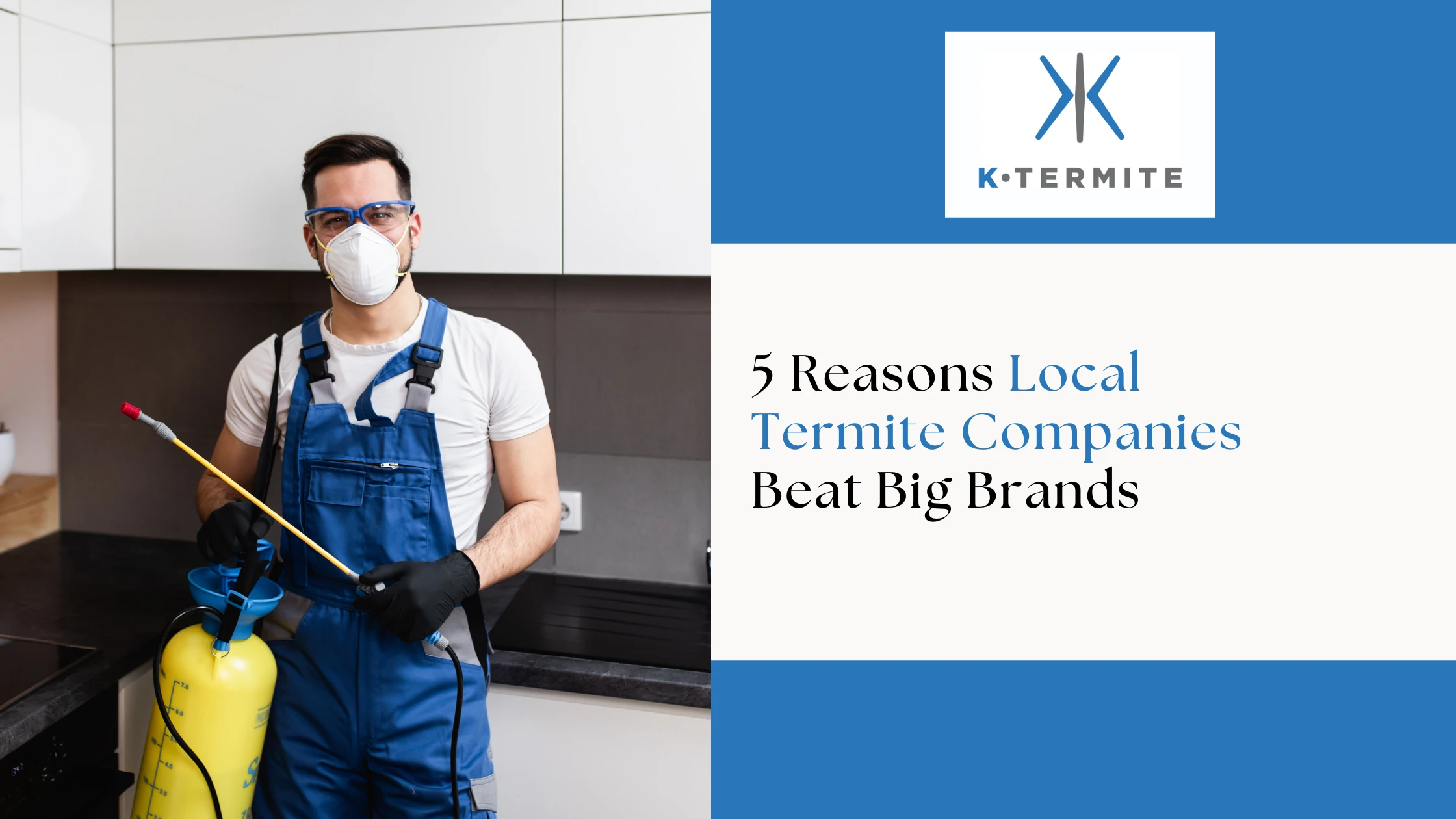
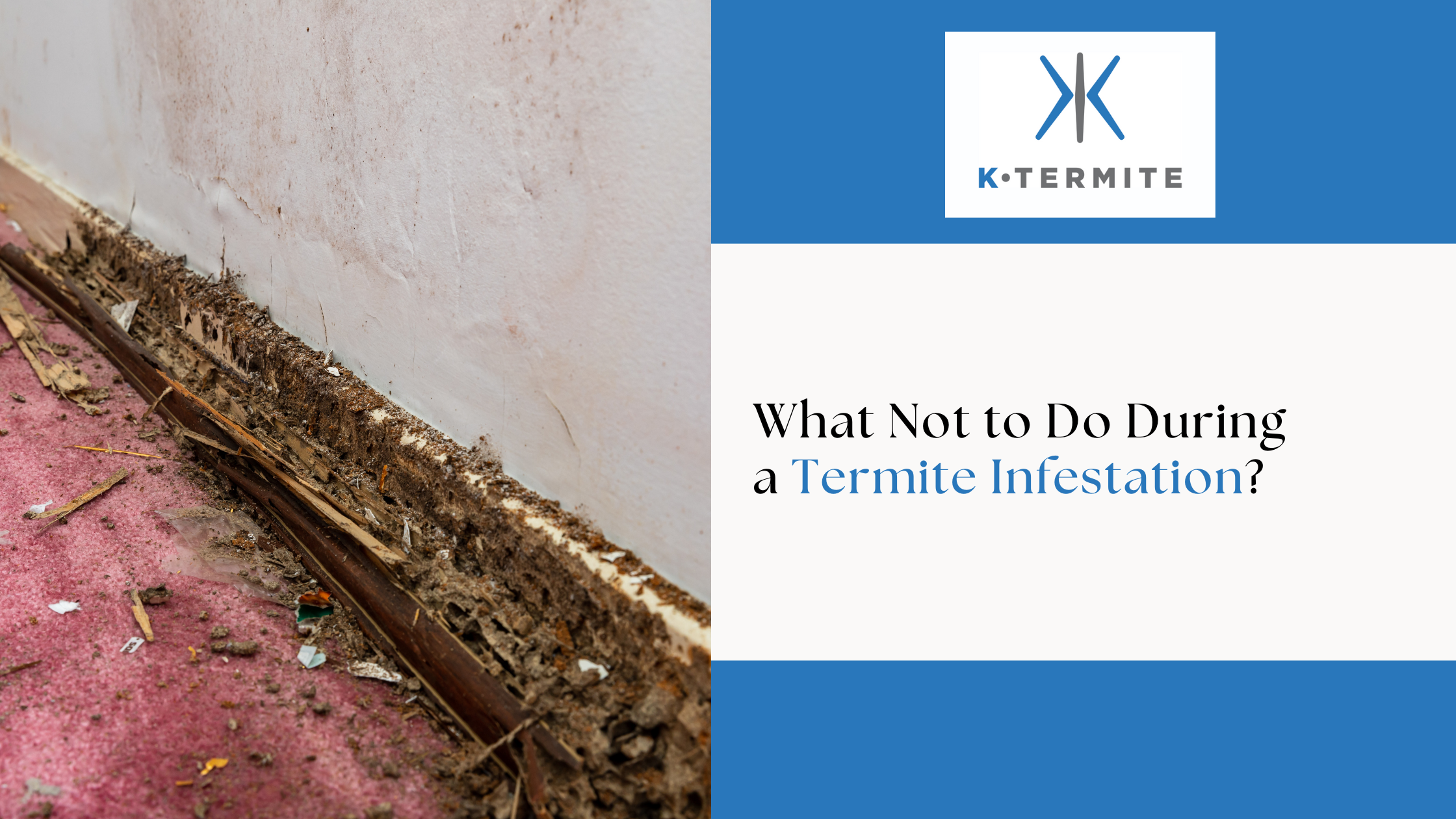

.png)
.png)
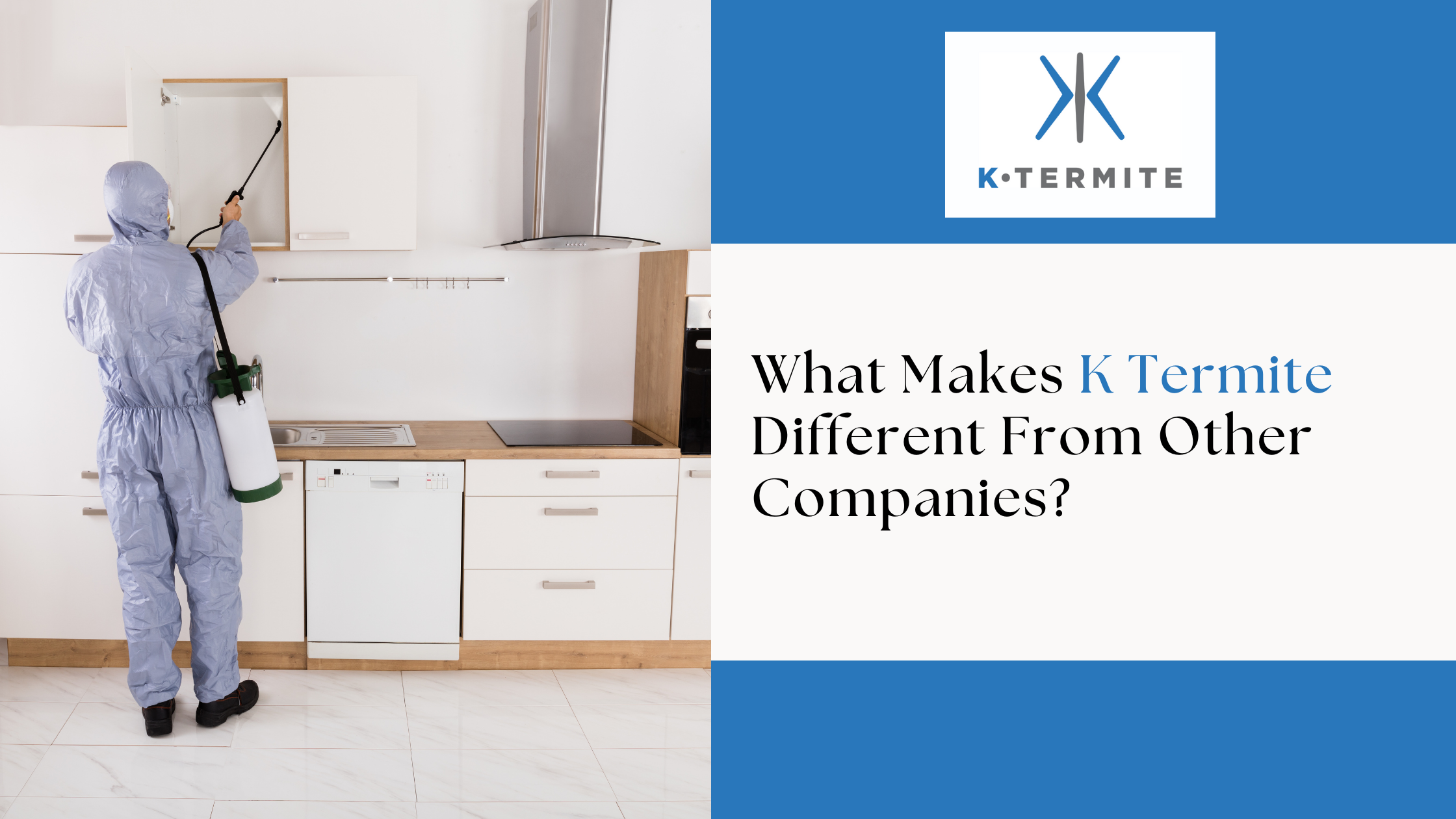
.png)
.jpg)
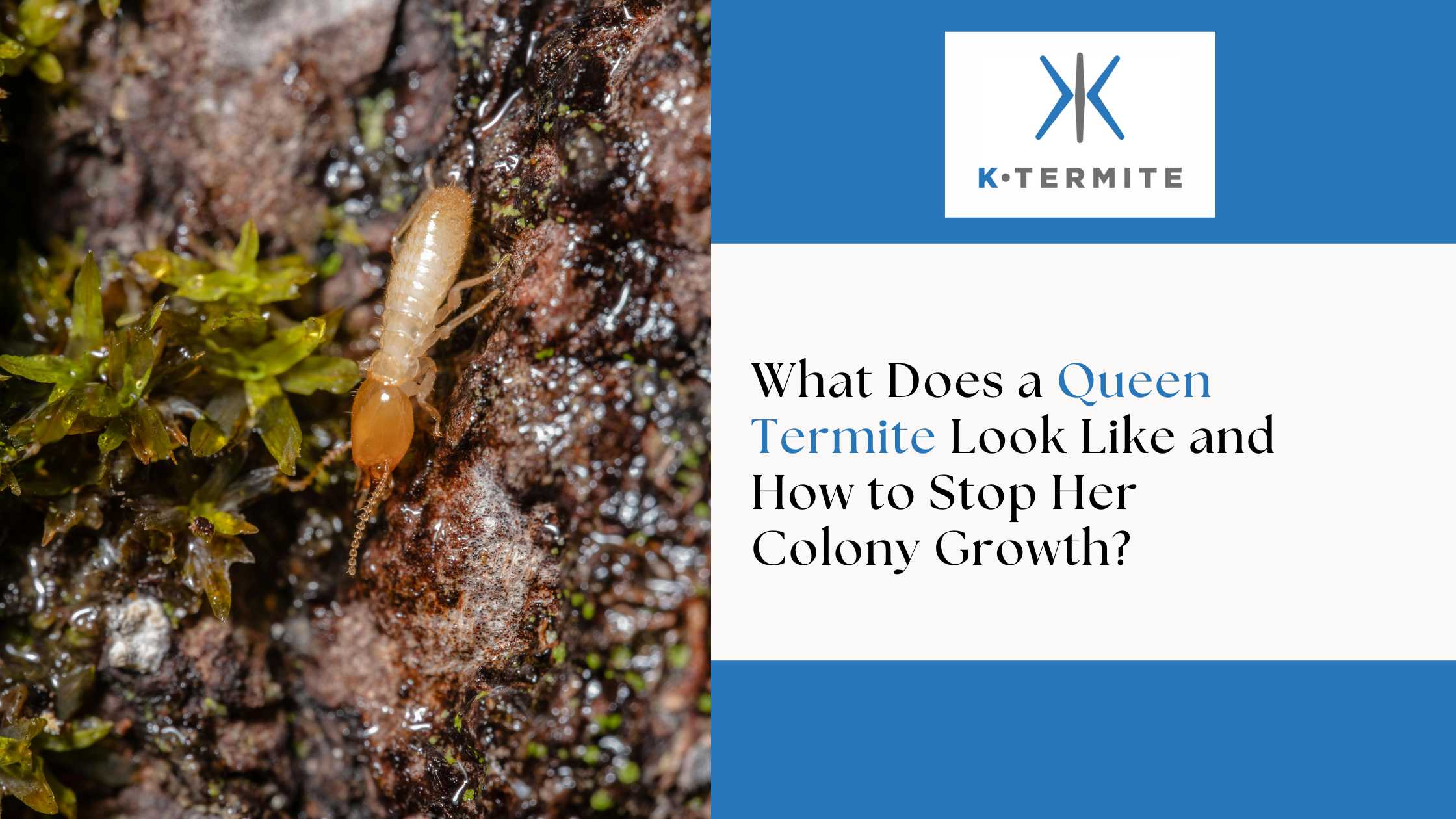

.webp)
.webp)
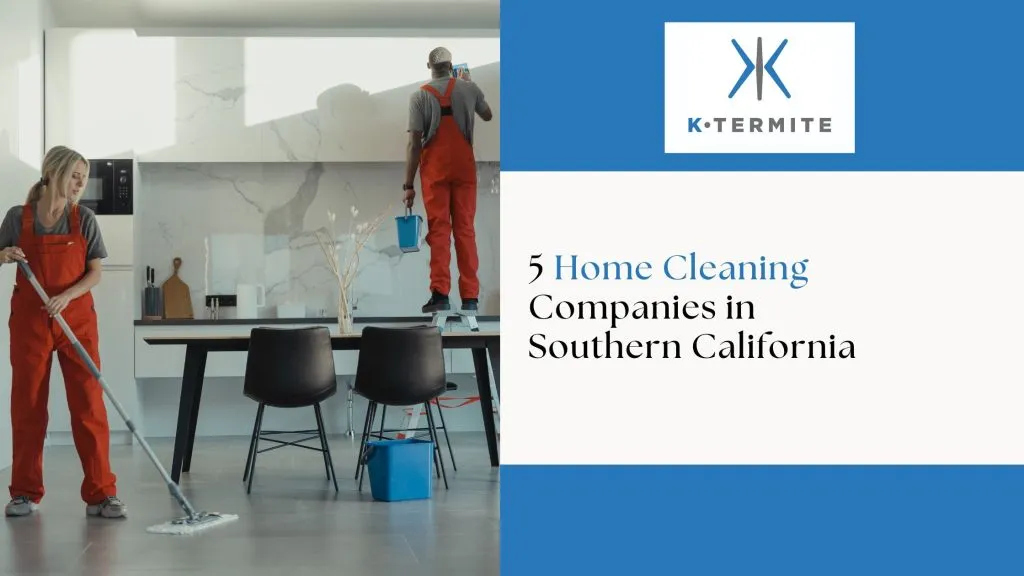
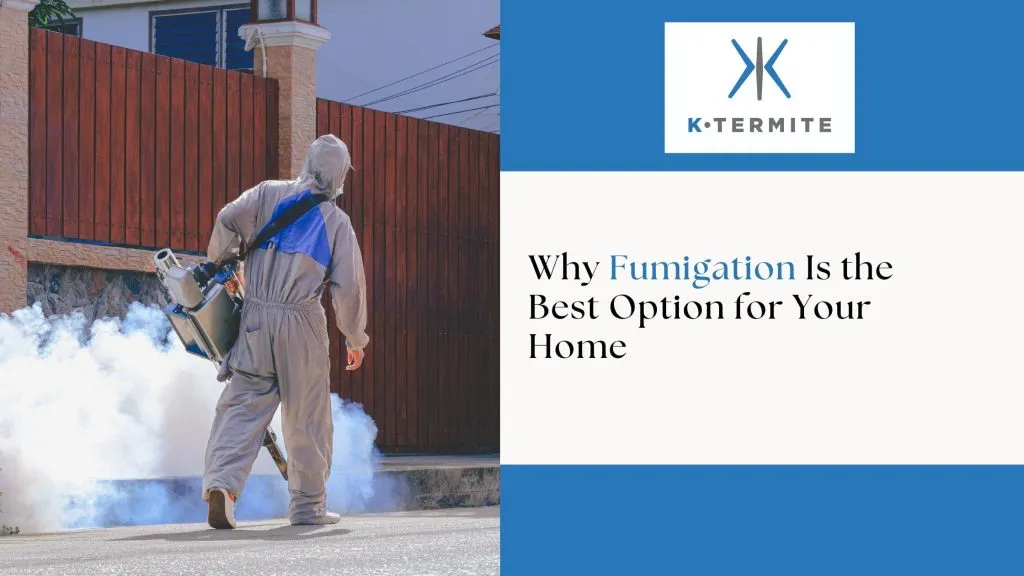
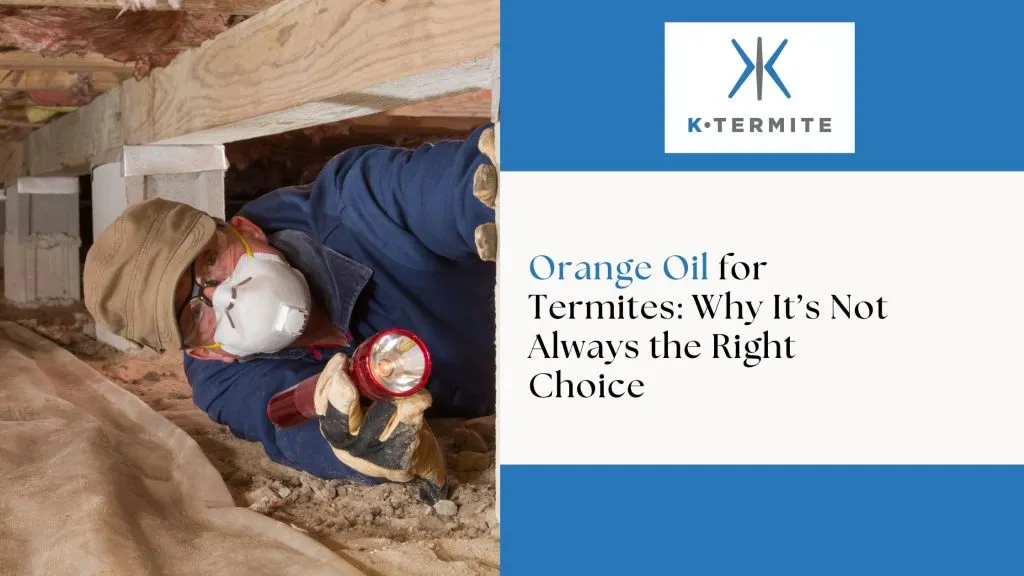
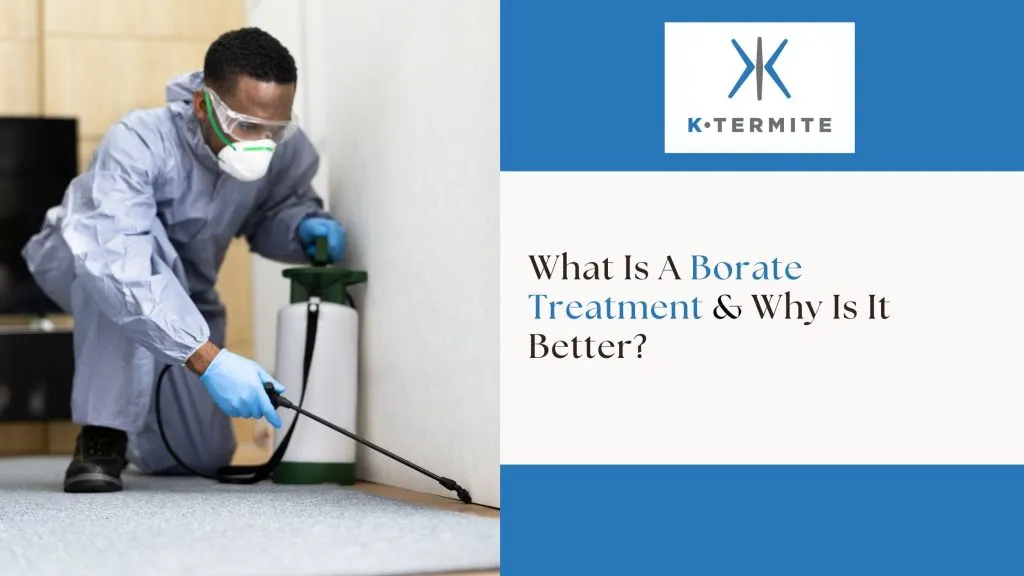
.webp)
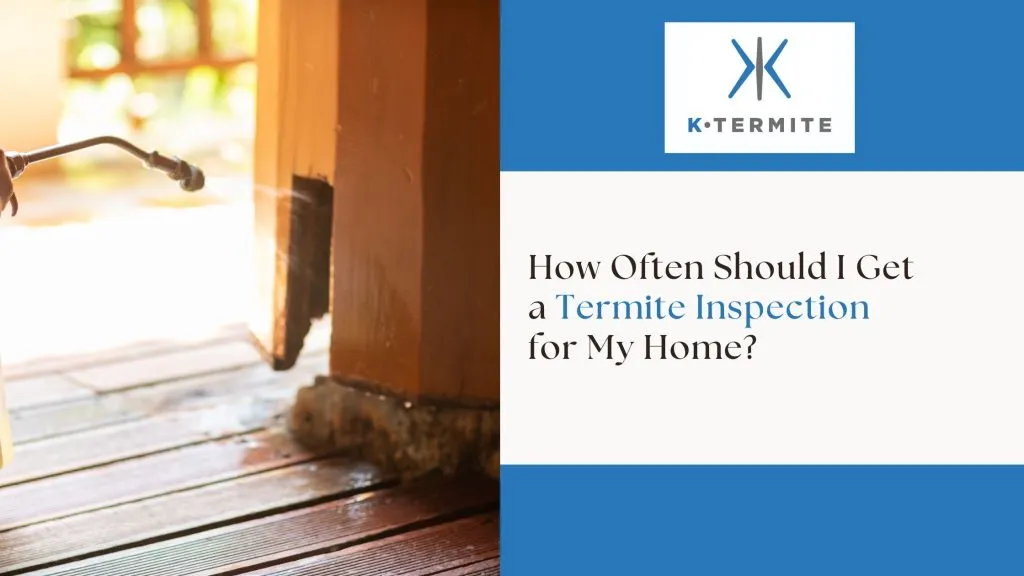

.svg)

